I know I haven’t been posting much lately, and that includes freeze-dryer posts, but that doesn’t mean I haven’t been using the Harvest Right. Rather, I’ve done two more batches of tomatoes since my last post:
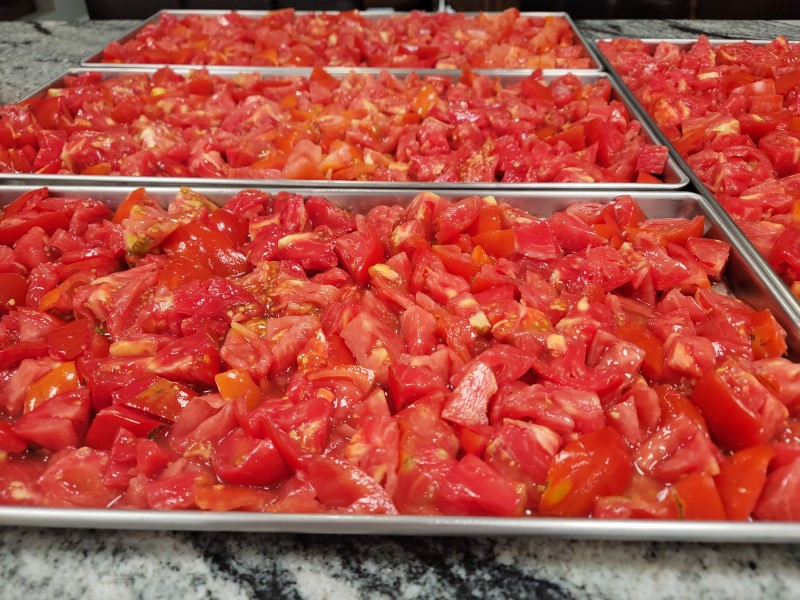
I started with at least twenty-five pounds of cut, chunky tomatoes as shown above and got it down to 22.7 ounces, or 1.42 pounds of freeze-dried tomatoes:
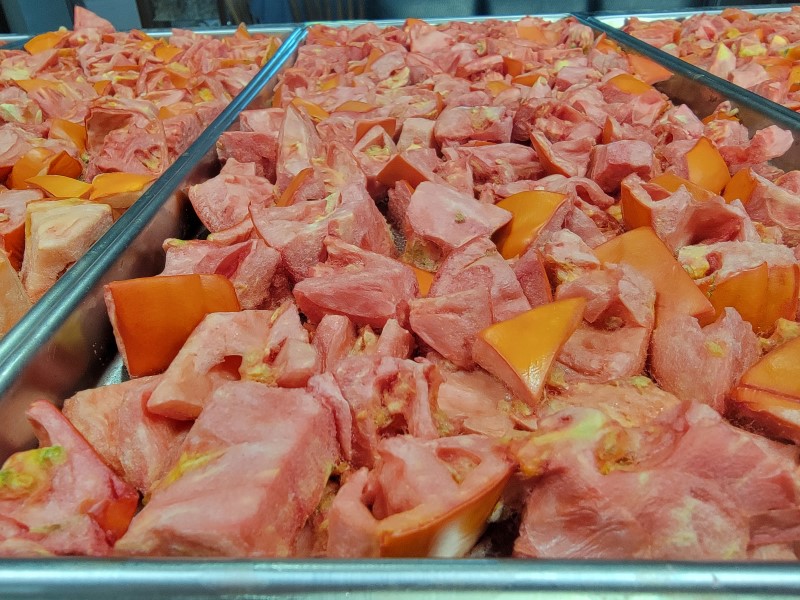
It still amazes me just how much water is trapped inside vegetables. Regardless, I needed a total of 97 hours for both batches (about $13.42 of electricity by my math), twelve Mylar bags and accompanying oxygen absorbers (I think they cost me about $1 for each combo, so another $12) for a total of just over $25 since the tomatoes were free from our garden.
As a comparison, I could’ve purchased a 3lb 10oz #10 can of freeze dried tomato powder from Augason Farms for just over $33 as I couldn’t find an obvious, better choice on Amazon. But when I look elsewhere for a better comparison, then it seems I made out like a bandit on the freeze-dried tomatoes.
I also freeze-dried another round of beets, though I can’t say how long it took overall because I had my first power outage while the Harvest Right was in the middle of the drying process:
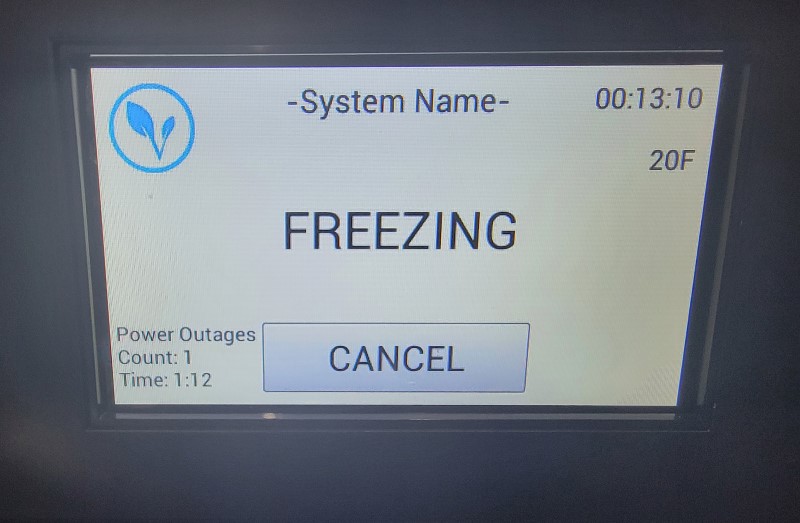
I was curious what would happen, and as it turns out, the Harvest Right re-freezes the batch before returning to the drying cycle. My guess is it does this because the machine needs to ensure the sublimation process continues (water transitioning straight from solid to gas), so that makes sense.
What doesn’t make sense is why it can keep track of the number of power outages (Count:1 in the lower left corner of the image above) as well as the duration of the power outage (Time: 1:12; again, lower left corner), but it couldn’t figure out how to total the entire batch time including time spent before the outage. Instead, it just starts counting over even though I know it had been going for at least twelve hours or longer before the outage occurred. It’s not a huge deal, but I think they could do better.
In any case, I ended up with another twelve ounces of beets, which is very similar to my first attempt. I only needed four Mylar bags and oxygen absorbers, and because the beets were from our garden, I probably spent less than $10 total.
On a positive note, I think I finally figured out my problem with the impulse sealer not always making a clean seal:
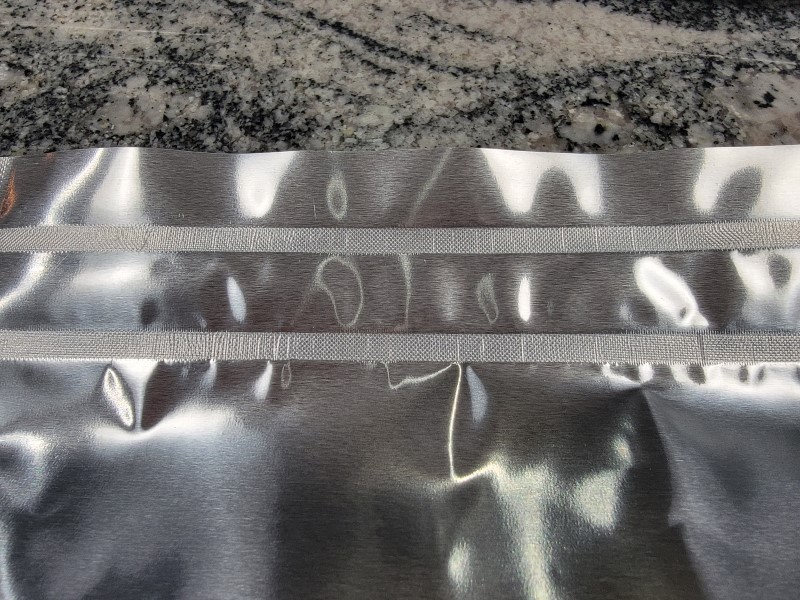
Comparatively, the above seals are really good! Ultimately, I think it boils down to three main things:
- Ensuring the sides are flat so that the plastic melts uniformly. I’m sure that sometimes I was in a rush or tried to shove too much food inside and never got the bag completely flat where it seals. This inevitably leaves crinkles, which would never properly seal. Now, I try not to shove much food inside, which seems to help.
- Heat setting at max! My impulse sealer ranges from one to eight. Usually, I would set it at seven or sometimes between seven and eight. I’ve found that eight works best.
- Pushing down on the impulse sealer lever hard. I’ve found that pushing the lever until it can’t be pushed any more works best. I know there were plenty of times that I didn’t push very hard on the lever, thinking it didn’t make a difference, but I’m starting to think it WAS the biggest difference.
I’d also read in the impulse sealer manual that you should wait at least thirty seconds between sealings, but that doesn’t seem to affect the quality of seal based on my experience. That said, I do try to hold the lever in place for several seconds after the light goes off, which does seem to help. Anyway, so far so good over the past few batches.
Interestingly, it’s been almost a year since I’d started freeze-drying and, although I’d assumed I would use it constantly, I’ve only done 36 batches, including a handful of candies. That’s not even a batch a week! And, while I’m freeze-drying more from our garden recently, I’d also assumed that I could rent it out to people, like folks from our church, and that’s not happening either. I’ve also had two problems with the unit, a clog that wasn’t a big deal and the door that won’t fully seal, something I still haven’t fixed properly.
Now, I realize that I should be able to get years of use out my Harvest Right, thus far it’s not feeling like it’s going to pay for itself anytime soon. Time will tell.
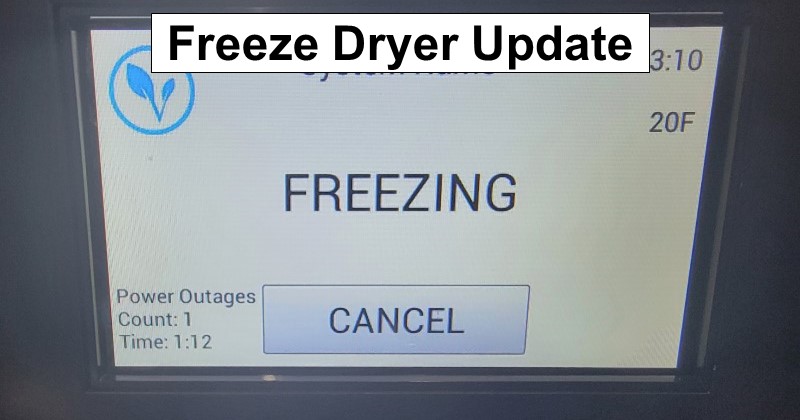
Leave a Reply